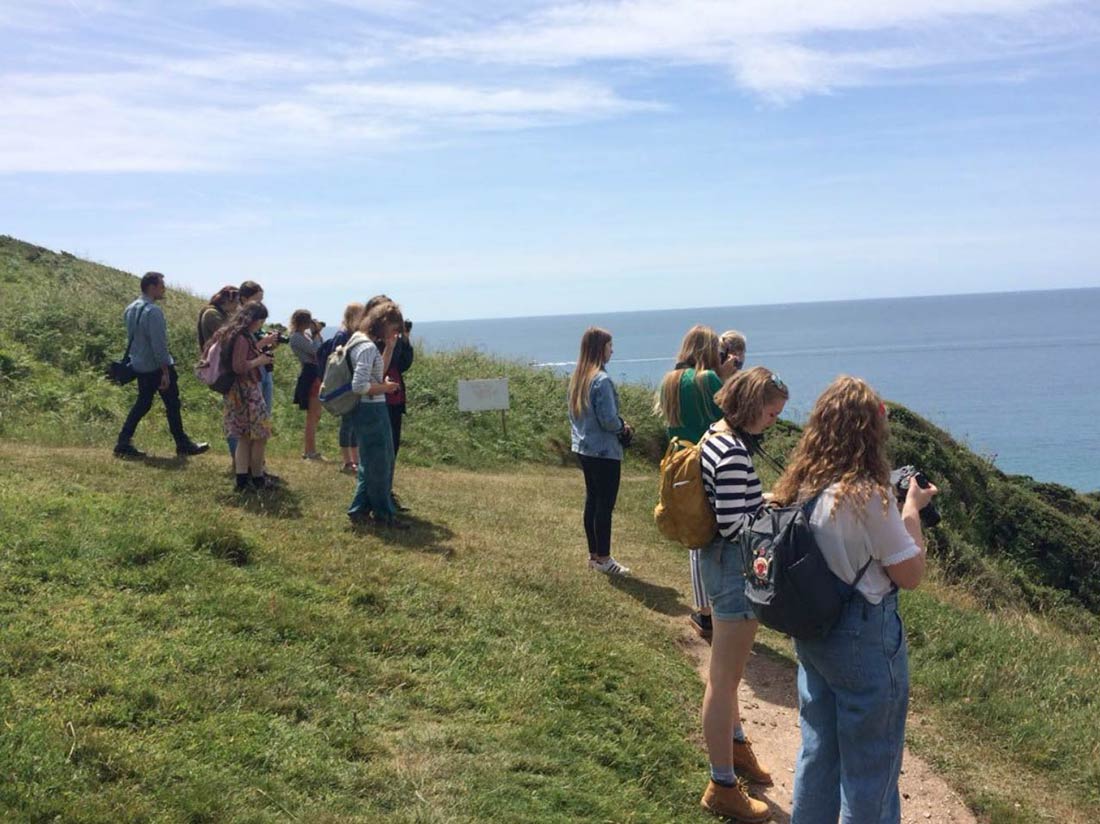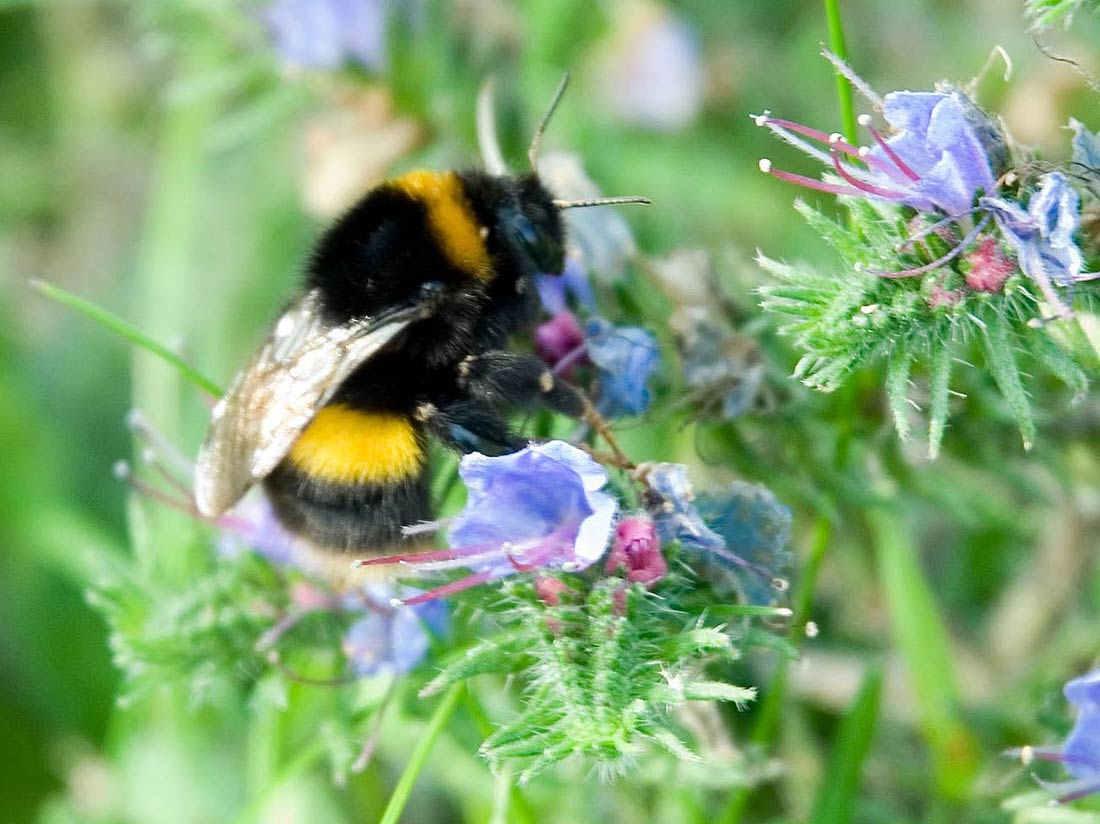South Devon Coastal Heritage Project
There are over 55 Scheduled monuments along the coast of the South Devon National Landscape and little work has been done to interpret them to our many visitors or the local community. Some of them are on the Historic England ‘At Risk’ register and this project aims to work with partners to improve their status and ensure that they are they for future generations to learn from and enjoy, ultimately removing them from the register.
The South Devon National Landscape successfully secured £14000 funding from Historic England in 2021 for a pilot phase project to carry out baseline assessments, drone surveys and aerial footage, geophysical surveys and working with volunteers and local land owners / managers to draw up a list of proposals to drive future works. This included practical conservation works needed on site as well as appropriate and innovative interpretation (physical and virtual).
Following on from this we have now secured another £39,944 from Historic England, with a further £4600 awarded from South West Coast Path Association and up to around £25,000 from Natural England through the new England Coast Path planning and establishment. The total project will also benefit from around £50,000 value of in kind contributions and volunteer time. This delivery phase of the project will run for 3 years and involve real on the ground improvements including consolidation of structures, vegetation control and management, interpretation, events and community digs.
The South Devon Coastal Heritage Project is run in partnership with the National Trust, South West Coast Path Association, Devon County Council and Historic England. Also involved are local landowners, community history groups, local histry museums, and English Heritage Trust.
The project area covers two areas within the South Devon National Landscape: Bolt Head to Bolt Tail coastline around Salcombe; and Dart Estuary area around Dartmouth. It covers 11 Scheduled monuments as well as other designated sites.
- Bolt Head to Bolt Tail
This area includes monuments from a huge time period ranging from an Iron Age Hillfort at Bolt Tail, Bronze Age barrows , prehistoric hut circles on the coast along from Soar, medieval farmsteads at Middle Soar, a Napoleonic signal station at West Soar and a civil war castle at Salcombe.
2) Defending the Dart – mouth of the Dart estuary
These archaeological features/sites cover 600 years of history- concentrating on Scheduled sites such as the C15th chain tower at Gomerock in Kingswear, the civil war encampment, at Gallants Bower, Dartmouth Castle complex, Bayards Castle, the WW2 battery at Froward point and D Day landing craft maintenance ramps at Noss on Dart.
We will also be including some works on the Scheduled Monument at Bantham Ham, a former Roman trading site.





















